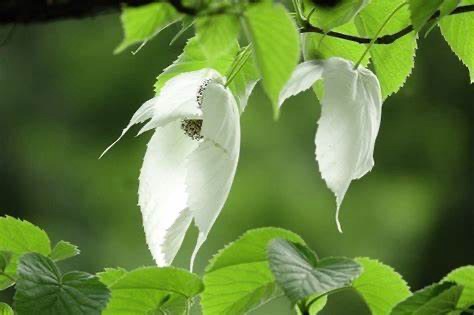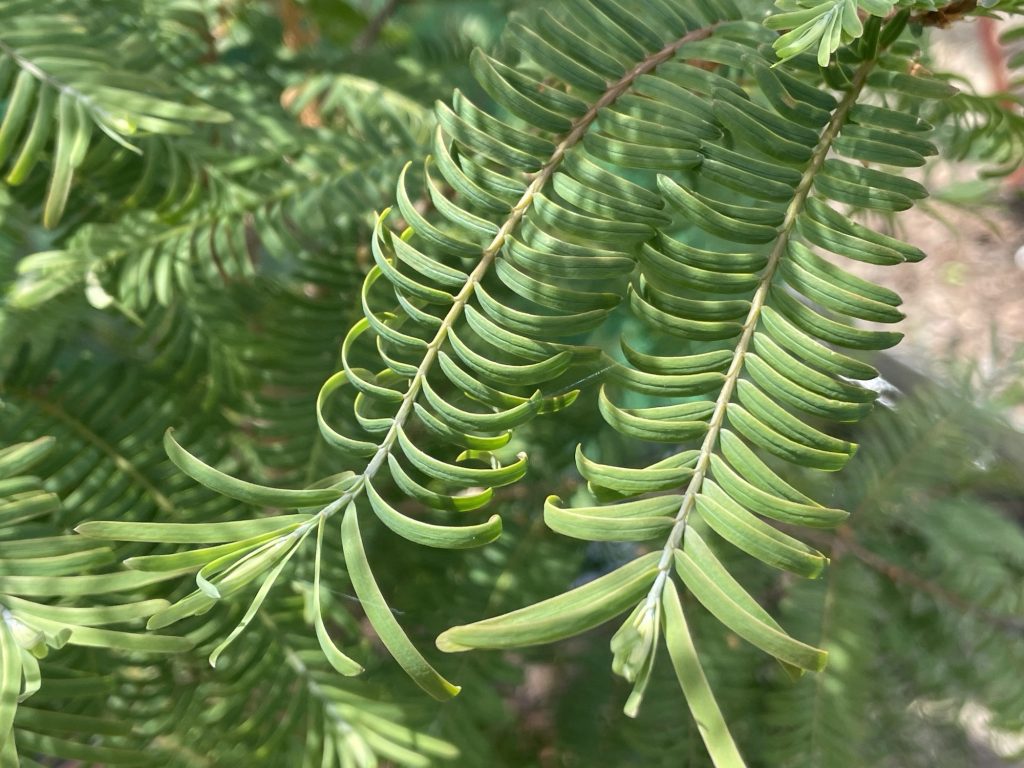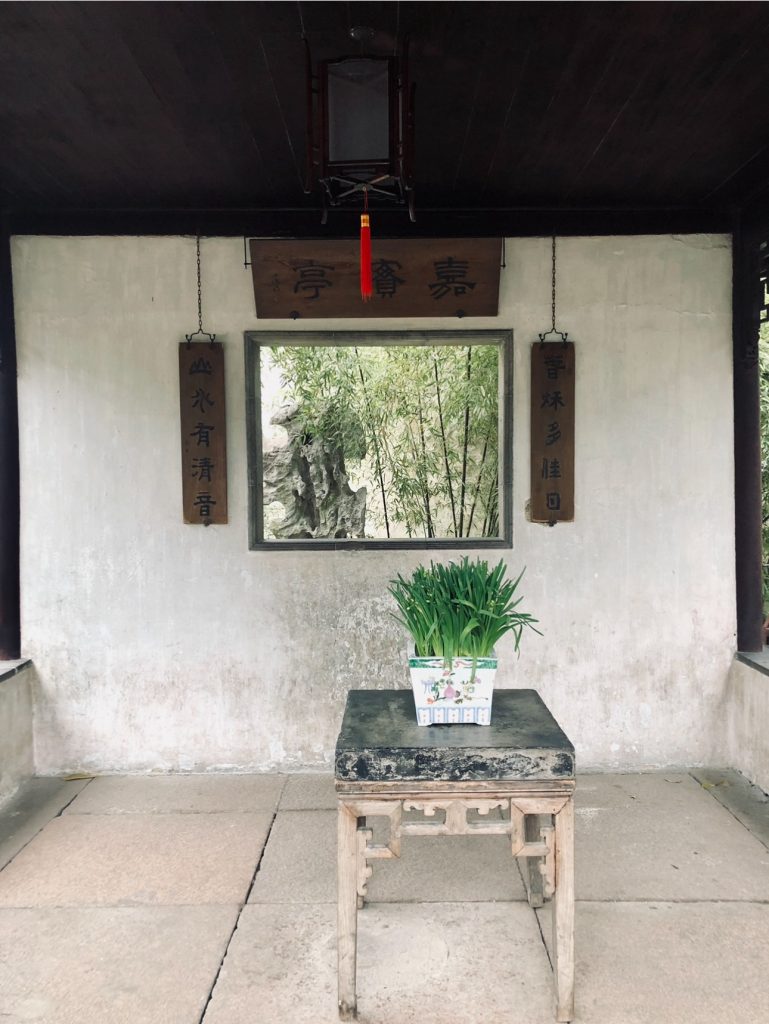
Did you know that the city of Bristol has its own garden dedicated to expressing the connections between the people of Bristol and the people of the southern Chinese city of Guangzhou? Neither did I! In this blog I will briefly introduce a short history of the fascinating city of Guangzhou but as quickly as possible get to the garden itself.
Guangzhou is a very appropriate city to be twinned with Bristol, because in history they were both once the trading capitals of their respective countries. It was from Bristol that Atlantic sea journeys to West Africa and then the eastern seaboard of what became America started, with the voyage of John Cabot to Canada in 1497. Tragically this maritime activity quickly developed into the Atlantic slave trade. Modern Bristol has evolved as a vibrant, multi-cultural city which is the gateway to the west of England and Wales.

Moving to Guangzhou, I wouldn’t mind betting that all of you actually do know this city, but under the former name of ‘Canton’. Canton was the name given to Guangzhou by European traders, Portuguese explorers first arrived in the Guangzhou region in 1513. By that time Guangzhou was already a thriving trade centre under Ming Dynasty rule. From the Tang Dynasty onwards the city had been a vital part of the ‘Maritime Silk Road’ with sea-routes spinning out across south-east Asia as far as the Red Sea. It was also a fabulously diverse, multi-cultural centre, home to traders and merchants from every part of Asia and Africa.
Tragically in the mid-nineteenth century, the ‘Opium Wars’ in which Britain fought to exploit and control trade with China, focused largely on this area. In the twentieth century Guangzhou became the hot-bed of revolution as first the Nationalists and then the Communists claimed the city for New China. In the New China founded by the Communist Party in 1949 Guangzhou prospered, first as an industrial centre, and then from the 1980’s becoming one of the financial and trading hubs of China herself and then the world. In 2023, the gross domestic product (GDP) of the city of Guangzhou in China amounted to approximately 3.04 trillion yuan.

Now we can see the context for both cities, the idea of a partnership seems a natural step. An agreement between the two cities was first signed in 2001. In 2013 this was expanded by the adoption of a Bilateral Agreement signed by the Councils of the two cities. One of the outcomes of these agreements was the setting up of the West of England China Bureau with a mission to connect the people of Bristol and the South West of England with the people of China and in particular Bristol’s Sister City Guangzhou in Southern China. They work to encourage greater mutual understanding between the two countries.
The Guangzhou Garden is a horticultural expression of this partnership. Moreover it makes a statement not just about the connections between the peoples of the two cities, but connections between people and the natural environment, which we know from previous Blogs, are deep at the roots of both British and Chinese cultures. Both Peter Chmiel and Chin-Jung Chen of Grant Associates, Bath, wanted to design the Garden in ways that addressed issues of sustainability and eco-diversity, particularly in relation to urban planning. Some of you might know that since the year 2000 sustainable urban planning (sometimes called ‘green’ or ‘eco’ cities) has been an important focus in China. The importance of the design concepts presented in the Guangzhou Garden can be seen by the fact that it won a Gold Medal and Best in Show at the RHS Chelsea Flower Show.

Chin Jung-Chen, garden designer
Let’s take a tour of some of the features of the Guangzhou Garden. Just as in so many classical gardens I have seen in China, a pool of water is at the heart of the design. Around the pool are ranged a variety of interesting shrubs and tree specimens, all with origins in China. One particularly beautiful sample is the Dove or Handkerchief Tree, also known as a ‘Ghost Tree’ because in May they are covered in reddish purple-brown flowers with white bracts (bracts are small, modified leaves, that hang beneath a flower) and these flutter together mysteriously in the Spring breezes. The tree originates from mountain forests in Northern Yunnan, Sichuan, Guizhou, West Hubei and West Hunan provinces, but it is becoming rarer in the wild and actually red listed by the International Union for the Conservation of Nature.

Another noteworthy tree in the Guangzhou Garden is the Dawn Redwood. This tree has a perfectly symmetrical shape and soft feathery leaves. It is a very ancient tree. Fossilised versions of the tree have been found which are 150 million years old. It grows extensively in Hubei Province in China. This beautiful tree is especially spectacular in Autumn when the leaves turn russet and golden. Interestingly, it has been found out that the Dawn Redwood makes a perfect street tree, because it needs little water, tolerates poor soil and rids itself and the surrounding area of dirt and pollution when its leaves fall and decompose. Coming soon to a roadside near you.

Metasequoia glyptostroboides
Gardens are one of the treasures of Chinese history and culture. There is evidence of gardening stretching all the way back to the period of the Shang in China, (1600 to 1046 BCE). It was in the Han Dynasty (206-220 CE) that the idea grew of a garden as a place of rest and relaxation. Thereafter, each generation of Chinese history saw the development of new aesthetic ideas and forms of horticultural expression.
In the Sui Dynasty (581-618CE) and Tang Dynasties (618-907 CE), it became the fashion to introduce rocks, waterfalls and other mountain features into gardens, features which remain popular to this day. Emperor Kangxi of the Ming Dynasty (1386-1644) and Emperor Qianlong of the Qing Dynasty (1644-1911) focused on the part structures played in garden design, decorating gardens with pagodas, little palaces and rooms for rest and contemplation.
If you visit the Chinese city of Suzhou I recommend a visit to the Humble Administrator’s Garden (拙政园) which is the largest garden in Suzhou and recognised as one of the four most famous gardens in China. This garden was constructed in 1509 during the Ming Dynasty and is a masterpiece of Ming Dynasty garden landscaping. The garden is a UNESCO World Heritage site.

Sadly, such travel is not available to us all, in which case a visit to the Guangzhou Garden in Bristol will be perfect. I want to thank the Botanic Garden Curator Nicholas Wray for his generous help in writing this article. You can find out more about the Garden here : https://botanic-garden.bristol.ac.uk/. And as you potter around your very own garden patch of paradise next time, remember you are tending yet another source of deep connection between British and Chinese culture.

Two cultures rooted in a shared love of gardens
Let’s finish with a little Chinese poetry, written to celebrate gardens. There are many but these lines are by 林逋, Lin Bu (967-1028), a Northern Song poet.
众芳摇落独暄妍
占尽风情向小园
疏影横斜水清浅
暗香浮动月黄昏
霜禽欲下先偷眼
粉蝶如知合断魂
This is the flower that shows us springtime beauty,
When the others have wobbled and fallen.
It’s the reason we love this small garden.
Its thin shadows slant across the clear, shallow water,
Its hidden fragrance floats beneath the yellow moon.
A snow-white bird steals a look before landing.
If the pink butterflies knew it was here, their hearts should break.
( Translation by Jean Yuan, 2021)